Seeing The Light
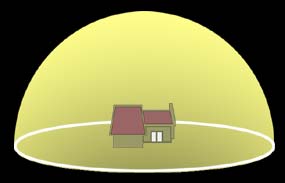 |
In these photos, the camera's position is fixed and so is the subject. Only the position of the light changes. The small graphic below each photo indicates the point of origin for the light:
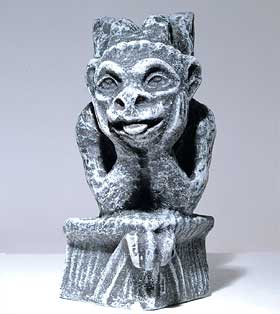 | 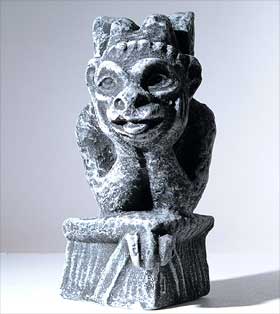 |
 |  |
In photo #2 the source of light is slightly lower and a bit to the side. Now ,one side of the face has greater shadow and more depth.
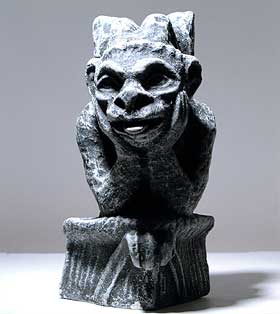 |  |
 |  |
In photo #4 the source of light has now passed slightly behind the subject, and some of the light is reflected from the ground. Although the subject is mostly in the shadow, the light still catches the most salient features.
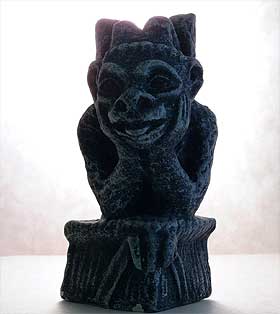 | 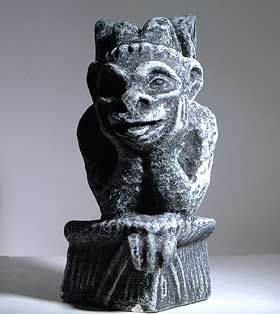 |
 |  |
Finally, photo #6 has a source of light tat is low and off to the side, creating an effect much like late day sunlight. The low light emphasizes the contours and relief of the subject.
As can be seen, the changing angle of the light source has a dramatic effect on the way the camera records the image. However, it is not the only factor that affects the contrast and shadows in a photo. The other factor is generally referred to as the "quality" of the light.
The quality of the light refers to its harshness or softness. Very bright direct light is considered harsh. Harsh light exaggerates minute details, and produces deeper shadows. That quality of light is ideal to bring out textures. Soft light is diffuse light, such as sunlight filtered by clouds. Soft light tends to decrease detail, and smooth out textures. If the light is diffuse enough, then shadows can almost completely disappear and images may have minimal contrast.

